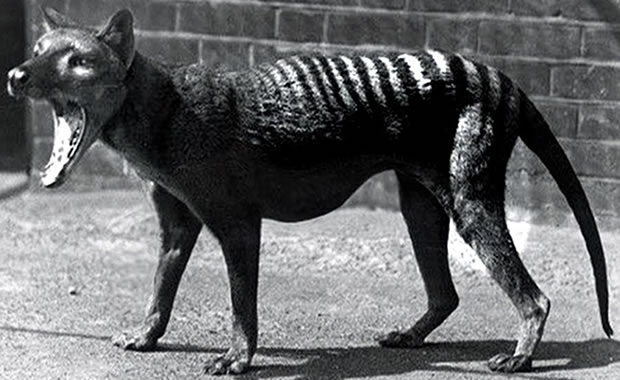
Creature Profile
The Bulmer's fruit bat is a large cave-dwelling flying-fox found in Papua New Guinea that was twice thought to be extinct until rediscovered in 1970 and 1992. It was originally known only through fossil remains and was believed to have become extinct 10,000 years ago, at the end of the ice age. In 1970, remains were found at the site of a bat colony exterminated by local native hunters. After no bats were seen during the 1980s, it was feared that the species had become extinct. However, a surviving population of about 160 was discovered in the same cave. Only one specimen has been caught and studied, and it was an adult female that weighed 600 grams. The Bulmer's fruit bat is black in color with a wingspan of over three feet. It's wings meet in the middle of its back, giving it extreme maneuverability, and it is one of the few species of bat that can fly backwards and hover.
This species is known to only dwell in very deep in caves with very cool temperatures in mid-montane forests. It is probably a frugivore, feeding mainly on fruit and figs. Like other bats, this species known to live in colonies, and although these bats dwell deep in caves, they are not blind. Little is known about the reproductive behavior of this bat. Births occur in April, and females give birth to one young.
This species is threatened by hunting and human disturbance. Today, the mountain rainforest environment where this species is found is generally undisturbed, and 20% of the region is made up of protected area. But the bats remain vulnerable since they are only found in a single cave. Despite protection from natives, the cave has been raided by hunters in the past. This species was listed as endangered in 1984, and a research and conservation program has been established to protect the species and educate local people so that the species can recover.
Wikipedia Article

|
Wikipedia Article Copyright Notice: This article is licensed under the GNU Free Documentation License. It uses material from the Wikipedia article "Bulmer's fruit bat". |
April 29, 2017
Glenn, C. R. 2006. "Earth's Endangered Creatures - Bulmer's Fruit Bat Facts" (Online). Accessed 4/18/2024 at http://earthsendangered.com/profile.asp?sp=25&ID=4.
Need more Bulmer's Fruit Bat facts?




